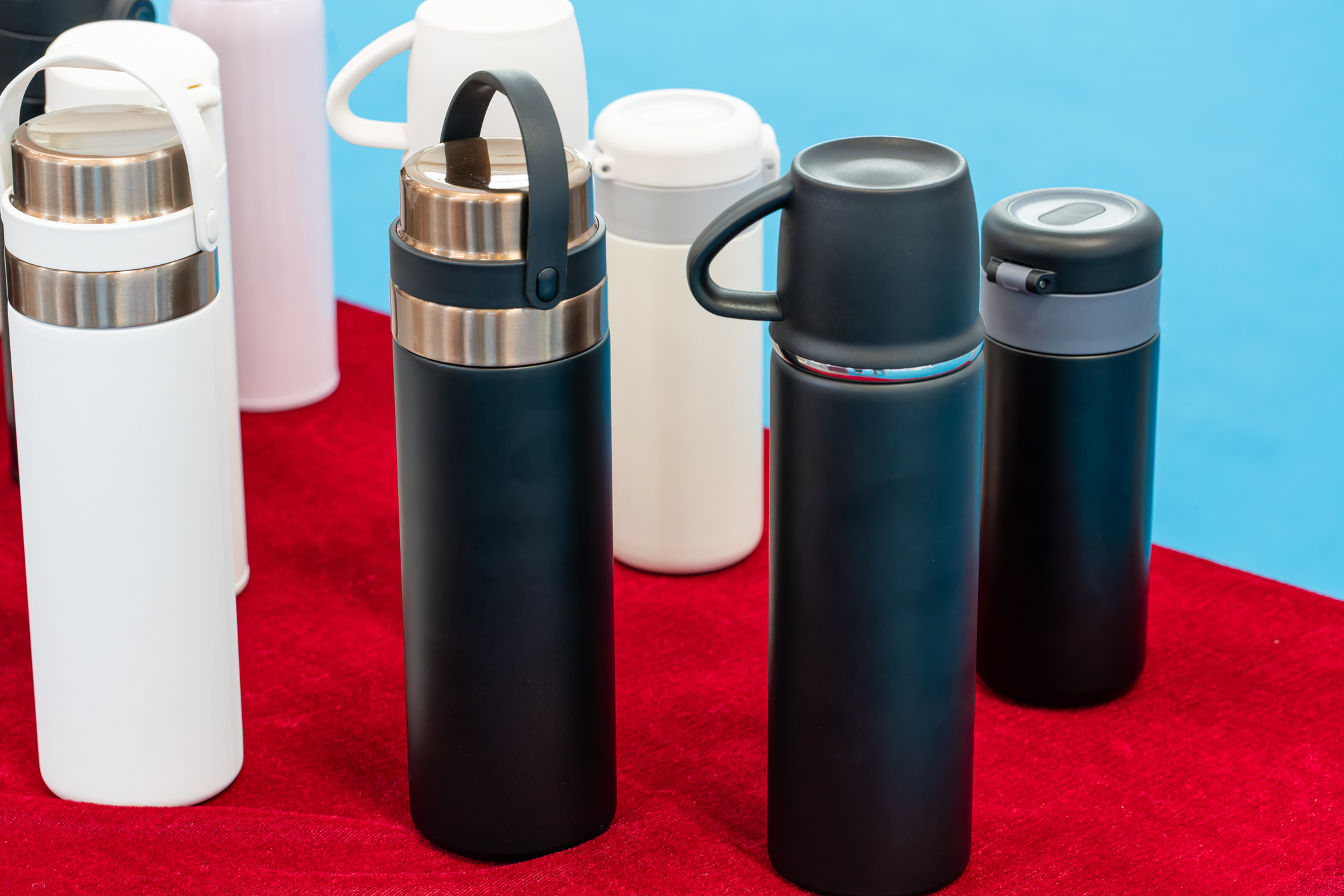
Bernie’s mittens and the limits of recycling plastic
One of the most widely shared images from the inauguration was of Sen. Bernie Sanders huddled in his chair, trying to stay warm in his beige parka and wool mittens. Soon we learned those mittens were lined with fleece made from recycled plastic. I’m all for finding more uses for discarded plastic. Reducing the amount of plastic we throw away is going to require a variety of approaches, including finding more ways to recycle plastic. However, while recycling is an important part of the solution, it isn’t the entire solution.

One of the most widely shared images from the inauguration wasn’t of President Joe Biden taking the oath of office, or of Kamala Harris’ swearing-in as our first female vice president, or of the astounding fireworks display. It was of Sen. Bernie Sanders huddled in his chair, trying to stay warm in his beige parka and wool mittens. Not only did this photo get turned into thousands of memes, but whole articles were written about the mittens. Handmade by a Vermont constituent, Bernie’s mittens are made from old wool sweaters and lined with fleece made from recycled plastic.
I’m all for finding more uses for discarded plastic. Less than 10% of plastic waste in the U.S. is recycled; the rest is incinerated, thrown in a landfill or ends up as litter. Solving this problem is going to require a variety of approaches, including finding more ways to recycle plastic. However, while recycling is an important part of the solution, it isn’t the entire solution. As much as I like Bernie’s mittens and would happily wear a pair, recycling plastic into fabric doesn’t put much of a dent in our plastics problem. Here are two examples to explain the limits of this type of recycling.
Not long ago, I purchased some bed sheets made partially from recycled plastic bottles. I felt slightly virtuous about my choice until I got home and put the packaging from the sheets into my recycling bin. The volume of single-use yogurt containers, milk jugs and other discarded plastic in the blue bin from just a week of household food purchases far exceeded however many plastic bottles had been spun into my new sheets, which I assume I’ll have for a few years.
Bernie’s mittens got me wondering exactly how much plastic is actually used in textiles made from recycled products. After a little web searching, I concluded that, at best, manufacturing the fleece for a pair of mittens requires perhaps four discarded plastic water bottles. If we made mittens like this for every American, we could use up 1.3 billion water bottles. That might sound like a lot, but Americans purchase more than 50 billion plastic water bottles each year, so our new mittens would use up 2.5% of all those bottles. If we each get a new fleece jacket annually, that’s another 17% of our water bottles. That adds up to a fifth of the plastic bottles we use each year. Reusable grocery bags, clothes and sheets made from recycled plastic would consume some more plastic bottles.
But there are two reasons why this recycling doesn’t put much of a dent in the problem. First, we use plastic in a lot more than just water bottles: every year we discard another 50 billion bottles from beverages other than water, plus plastic bags, take-out containers and plastic packaging. And second, if we’re anything like Bernie, who received his mittens a few years ago, we don’t need new versions of all these items every year. I own multiple items of fleece clothing that are 10 to 20 years old, because petroleum-based products are really durable – great for clothing but a problem when we’re trying to dispose of large amounts of plastic.
Recycling is undoubtedly part of the answer to reducing the number of plastic bags, water bottles, food containers and other one-and-done plastics that end up in landfills. But it’s still only part of the answer. A comprehensive solution will require us to turn away from single-use plastics altogether in favor of products that are durable and can be reused – much as the photo of Bernie has been repurposed for thousands of memes.
Photo: Made at www.bernie-sitting.com; background image: Hans Braxmeier via Pixabay.
Topics
Authors
Elizabeth Ridlington
Associate Director and Senior Policy Analyst, Frontier Group
Elizabeth Ridlington is associate director and senior policy analyst with Frontier Group. She focuses primarily on global warming, toxics, health care and clean vehicles, and has written dozens of reports on these and other subjects. Elizabeth graduated with honors from Harvard with a degree in government. She joined Frontier Group in 2002. She lives in Northern California with her son.
Find Out More

Too much of a good thing? The environmental downside of the “Stanley cup” craze.

A look back at what our unique network accomplished in 2023

Buying less stuff is good for the planet. It’s also good for us.

